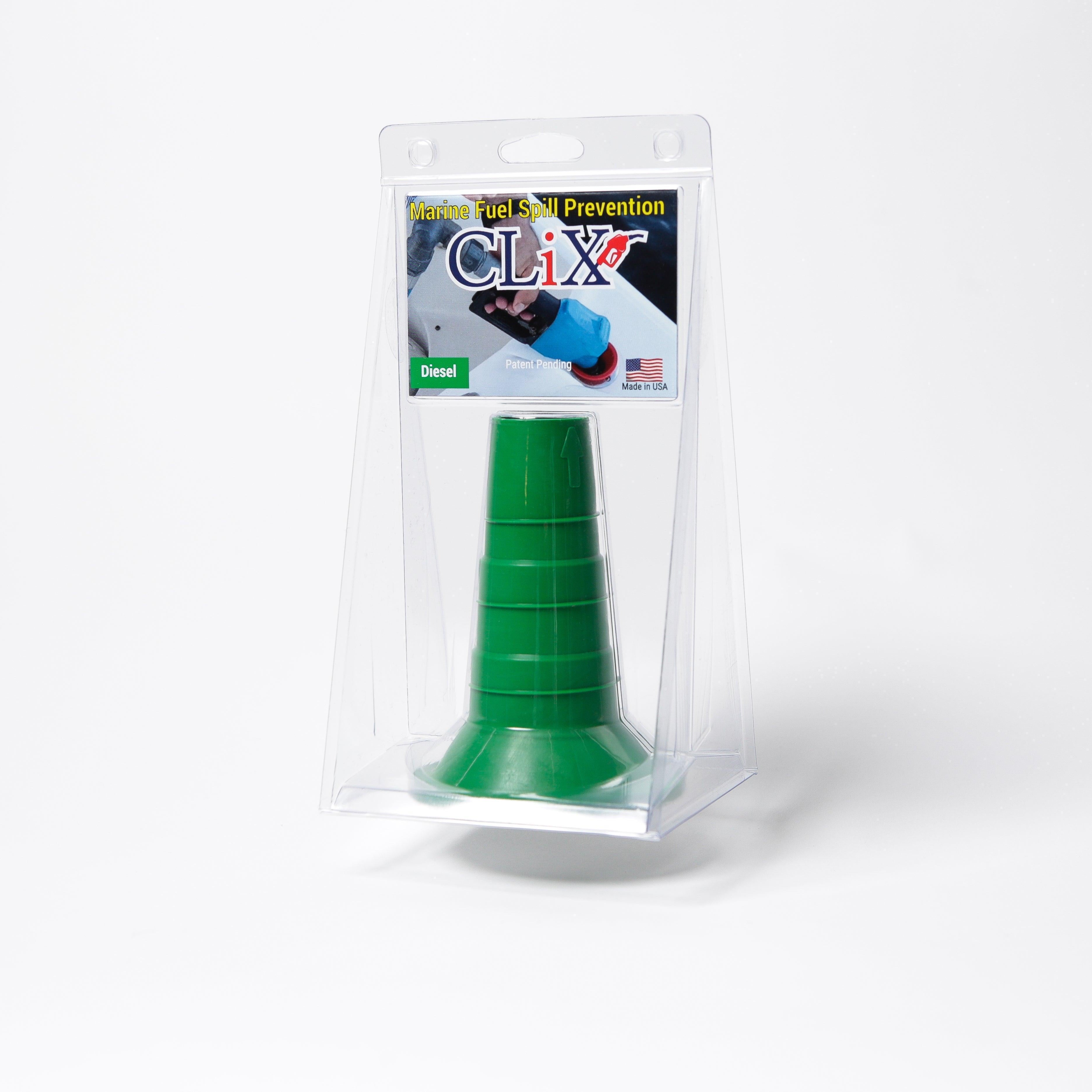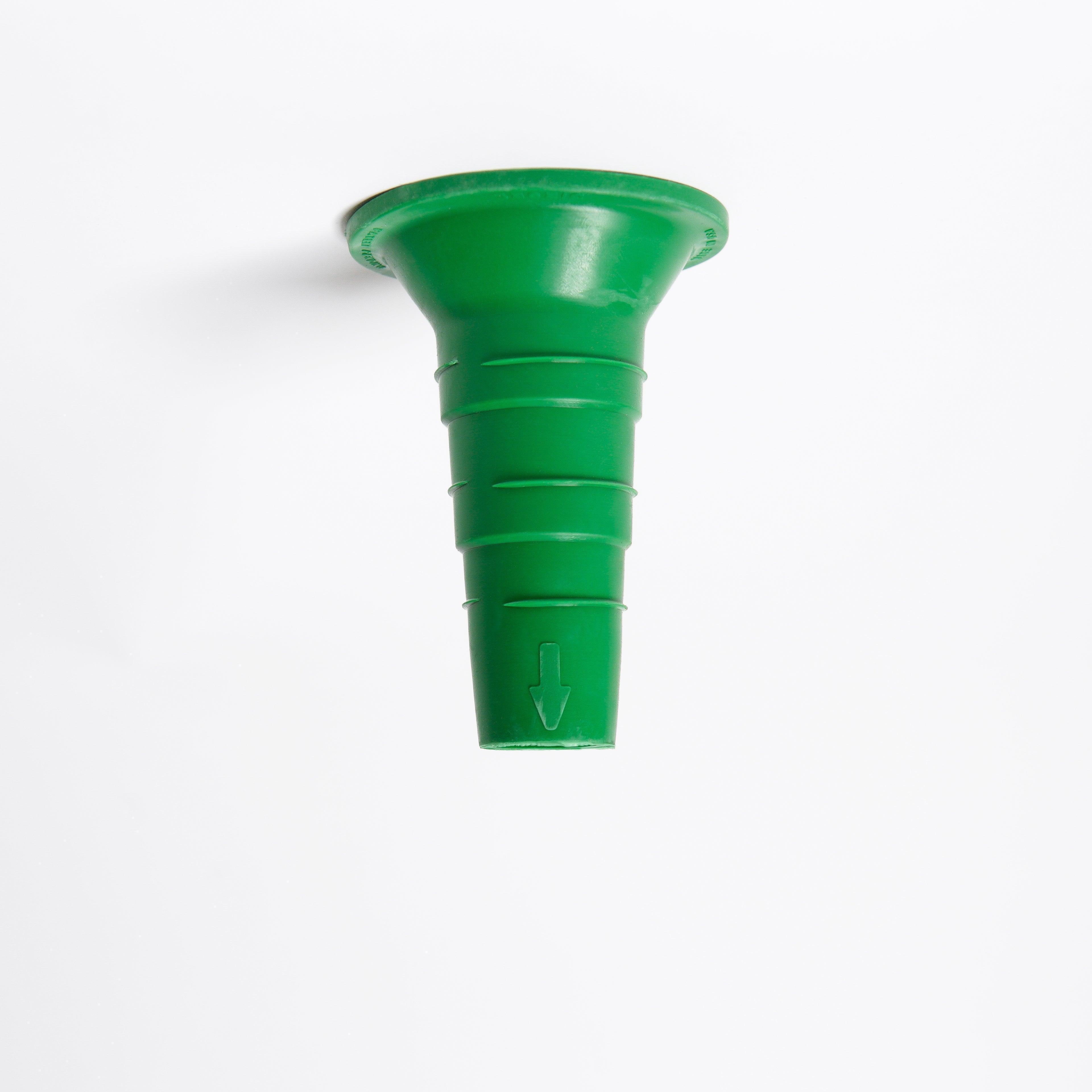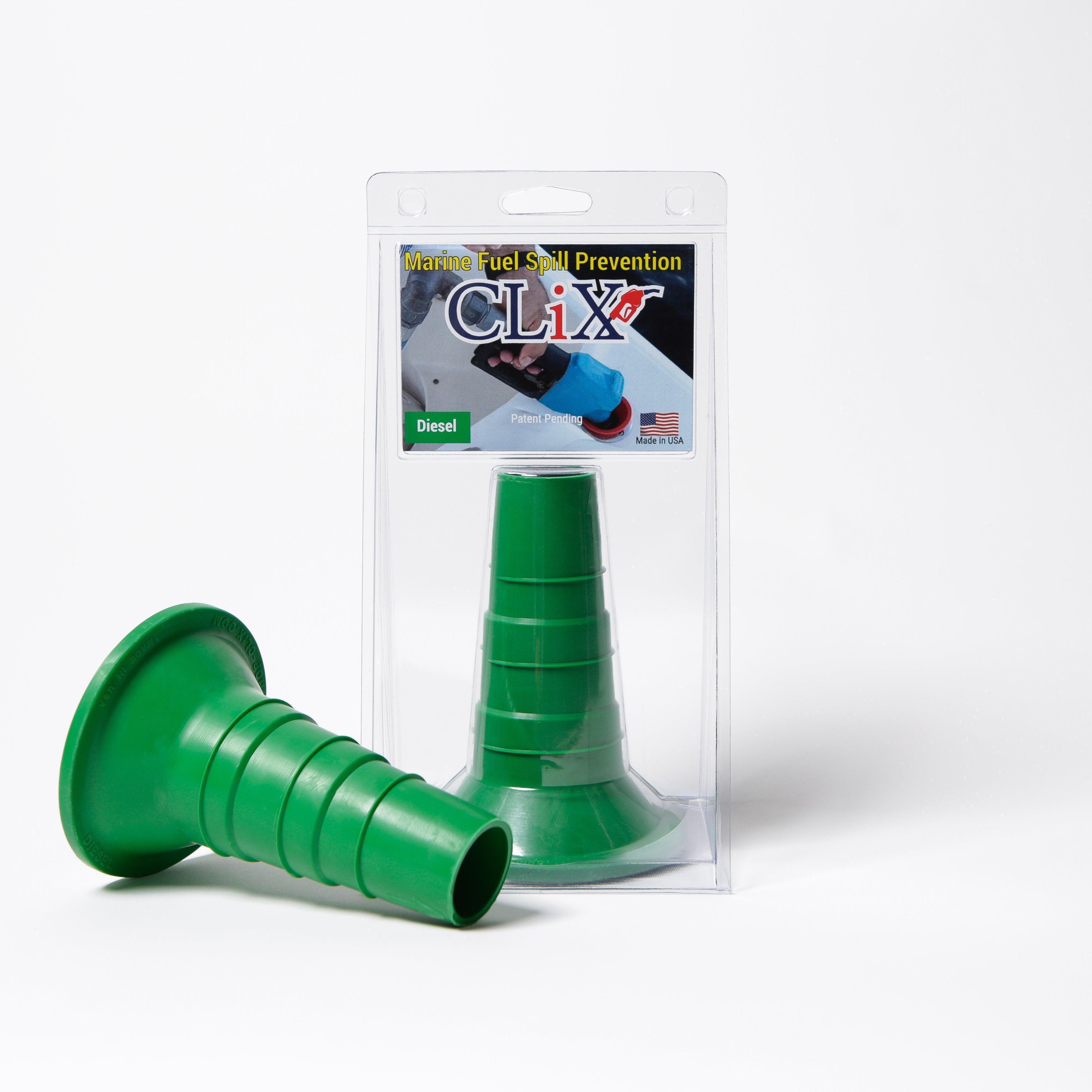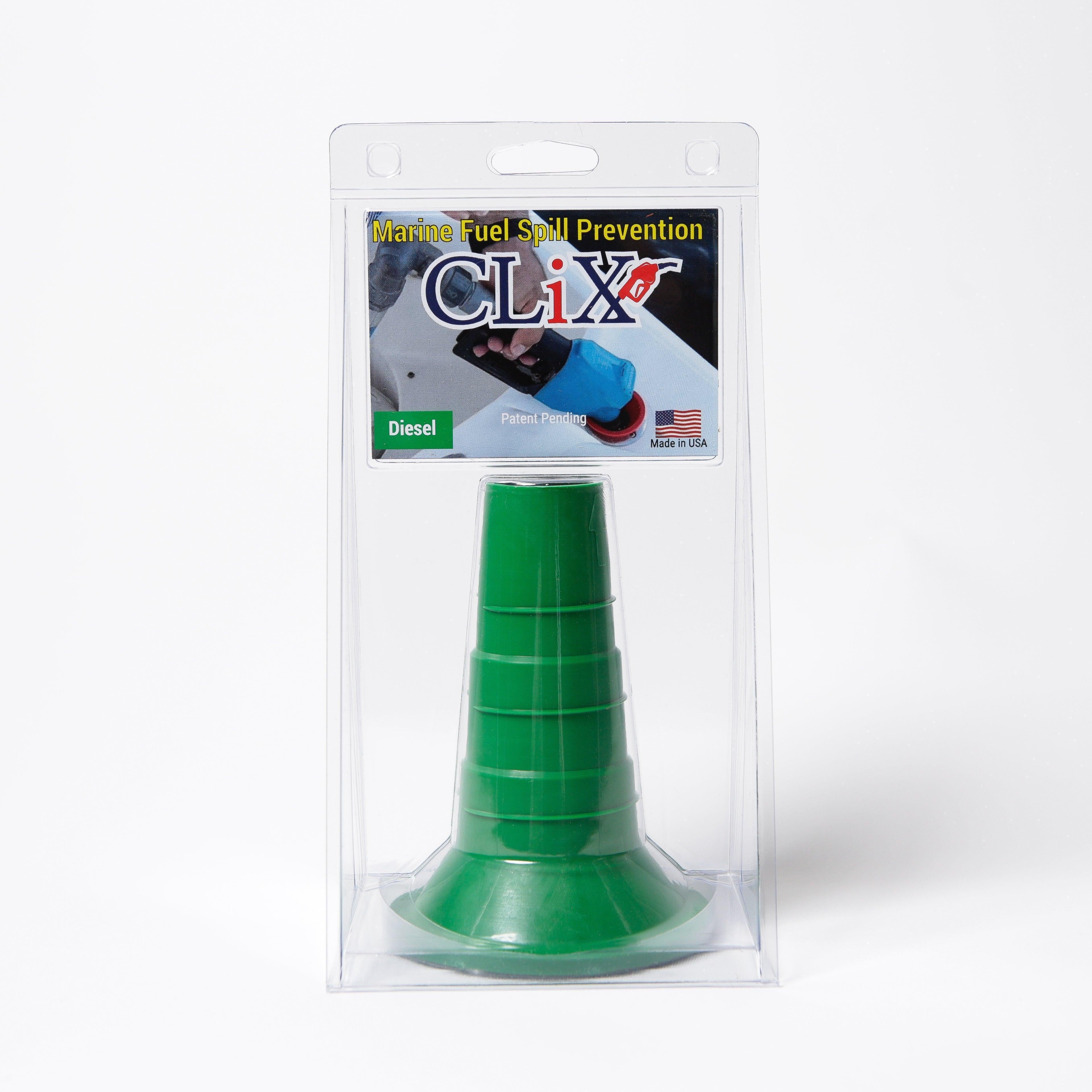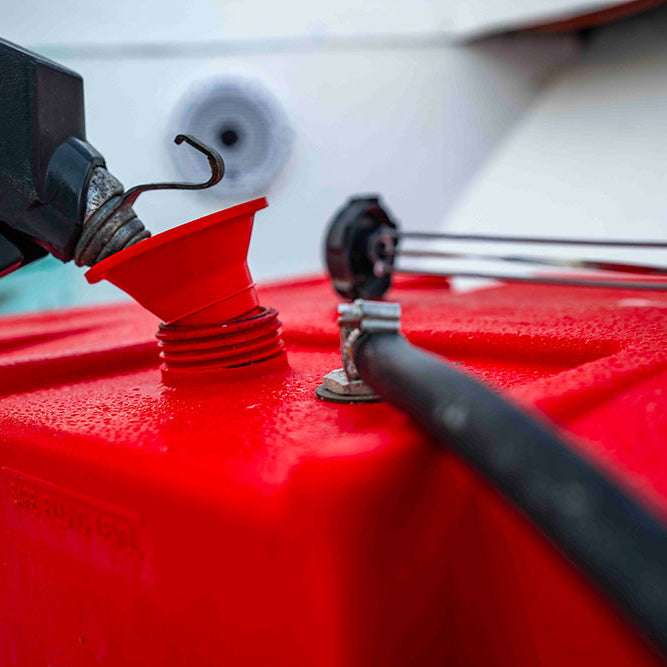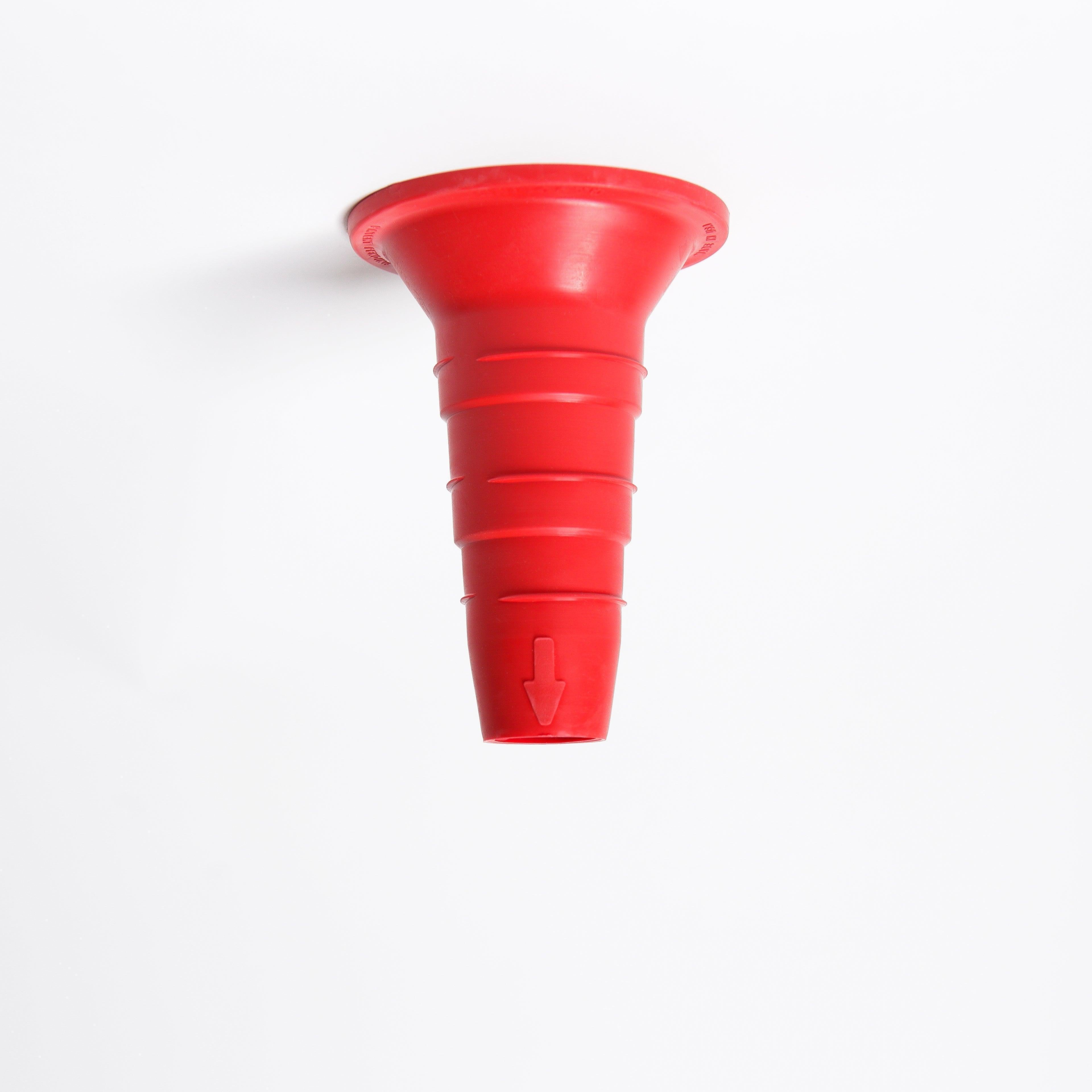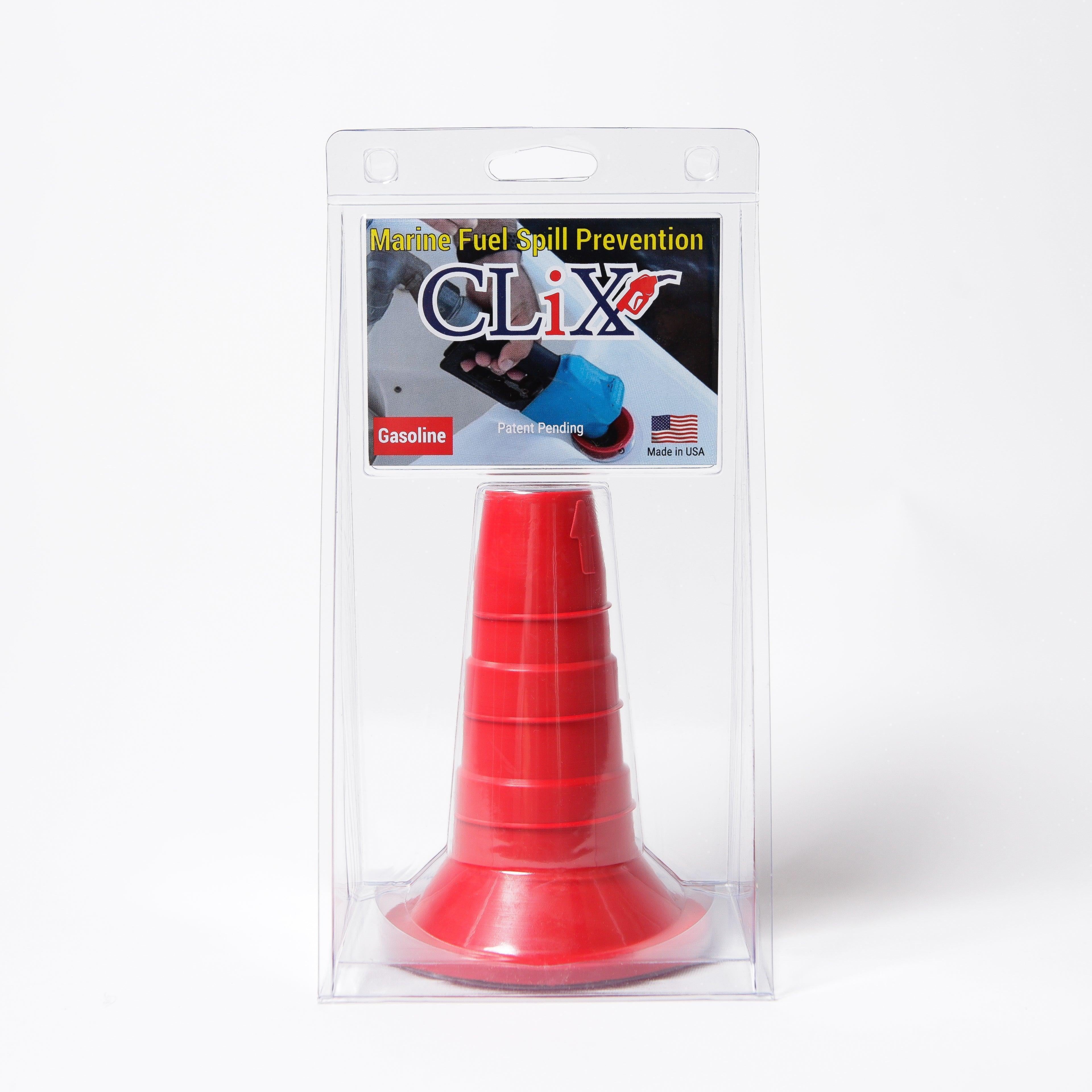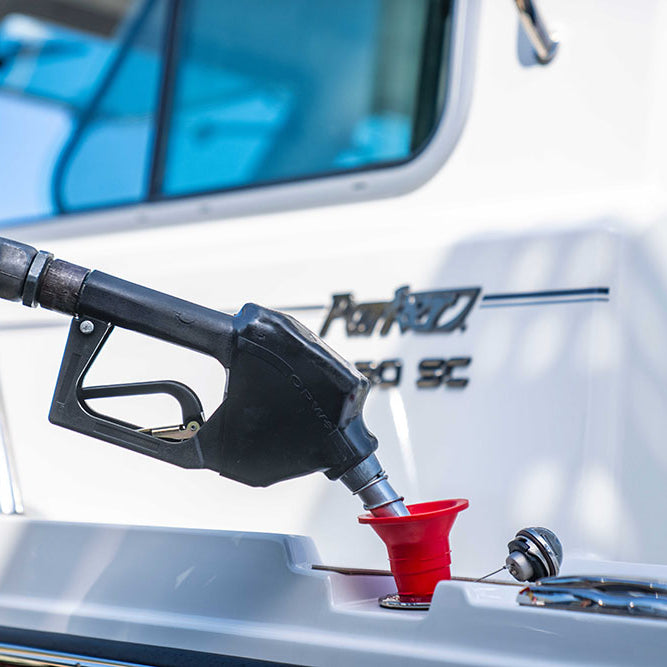Understanding What's Really Happening To Our Oceans
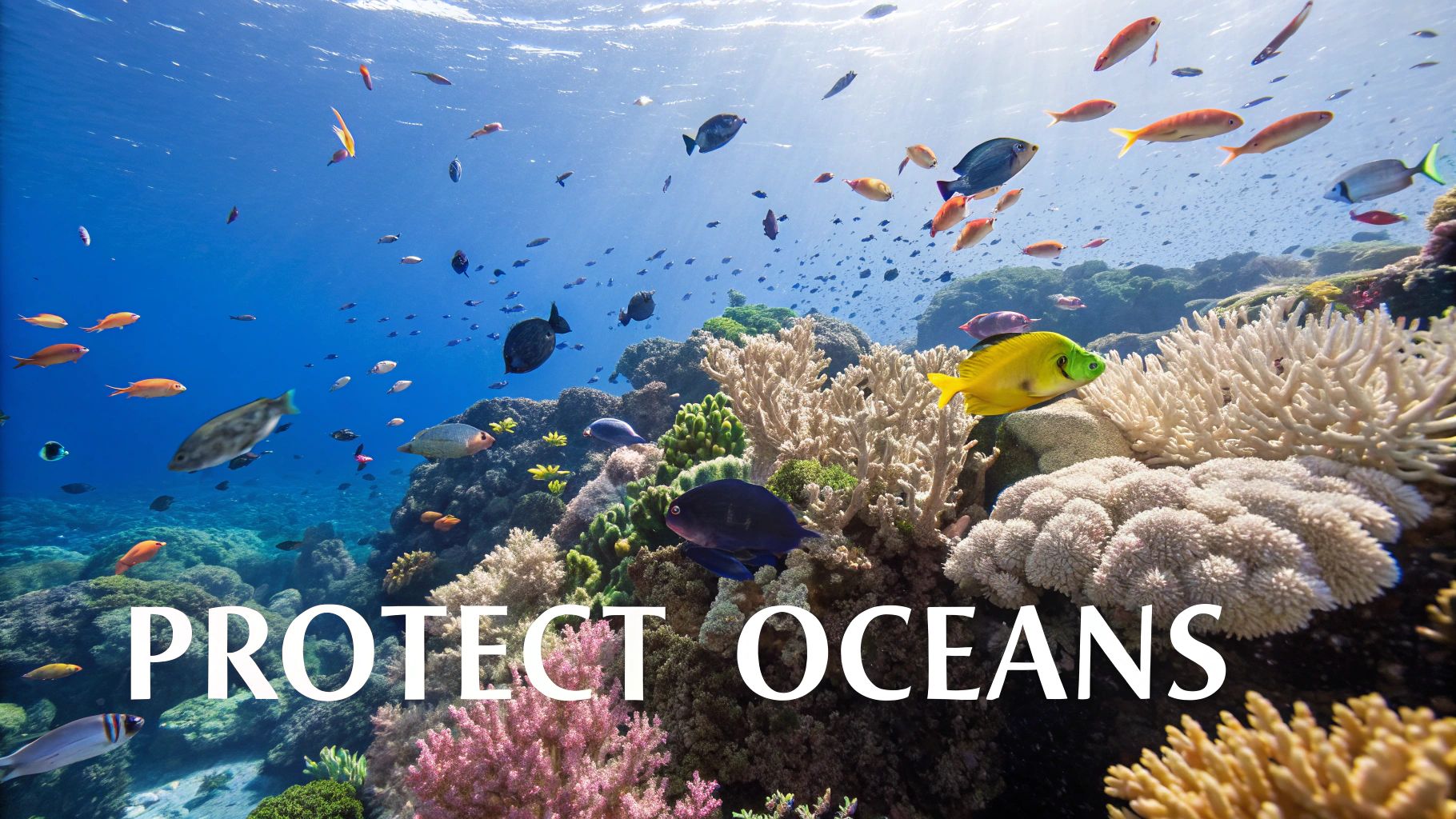
The health of our oceans is a complex issue. It affects everything from small, local ecosystems to worldwide climate patterns. The problems go far beyond what we can see, like plastic trash. This complexity means protecting our marine environments requires a diverse set of solutions.
The Interconnected Web of Ocean Issues
Ocean problems are rarely isolated. Take plastic pollution, for instance. Not only does plastic litter our beaches, it also breaks down into microplastics. These tiny particles enter the food chain, affecting marine life in ways we're still learning about. Rising ocean temperatures, caused by climate change, also contribute to coral bleaching. This devastating phenomenon destroys reef ecosystems and the rich biodiversity they support.
Because these issues are so interconnected, we need comprehensive strategies to address them. Understanding how to responsibly interact with ocean environments is crucial. Learning from seasoned divers is a great way to start. For a deeper dive into best practices, check out some tips on responsible diver etiquette.
Human Impact and Marine Ecosystems
Human actions significantly contribute to the challenges facing our oceans. Overfishing depletes fish populations, disrupting the balance of marine ecosystems. Coastal development and pollution introduce harmful chemicals and excess nutrients into the water. This can lead to algal blooms and oxygen-depleted dead zones. The burning of fossil fuels contributes to ocean acidification. This makes it harder for shellfish and corals to build and maintain their shells and skeletons.
These combined pressures underscore just how critical marine protection is. Want to make a difference? Explore simple steps you can take to reduce water pollution.
The Importance of Marine Environmental Protection
Protecting our oceans isn't just an environmental concern. It has significant economic and social impacts as well. Billions of people depend on the ocean for food and jobs. Healthy oceans are essential for regulating the global climate. They absorb a significant amount of carbon dioxide from the atmosphere. This makes marine environmental protection vital for global sustainability. Ignoring these problems will have far-reaching consequences for coastal communities, global food security, and the planet’s health.
Why Marine Protected Areas Are Game-Changers (When Done Right)
Marine Protected Areas (MPAs) offer a haven for marine life, allowing species to flourish and recover. However, simply labeling an area "protected" isn't sufficient. True success comes from effective design and management, combining scientific knowledge with the needs of local communities.
Different Types of MPAs: A Spectrum of Protection
MPAs employ various approaches, each with different levels of restriction. No-take zones, also known as marine reserves, offer the highest level of protection by prohibiting all extractive activities. These zones function as living laboratories, allowing scientists to study thriving ecosystems undisturbed by human activity.
Other MPAs permit some sustainable practices, such as regulated fishing or tourism, balancing conservation with economic realities. Community-managed MPAs empower local residents to actively participate in managing their marine resources, fostering a sense of responsibility and stewardship.
Success Stories and Lessons Learned
Effective MPAs yield remarkable results. Fish populations recover, biodiversity expands, and ecosystems become more resilient to challenges like climate change. Studies show that well-managed no-take zones can dramatically increase fish biomass, both within the protected area and in surrounding waters, benefiting local fisheries.
Poorly designed or enforced MPAs, however, can fail to achieve their objectives, leading to disappointment. This underscores the importance of adaptive management, a process of continually evaluating and refining strategies using scientific evidence and community input.
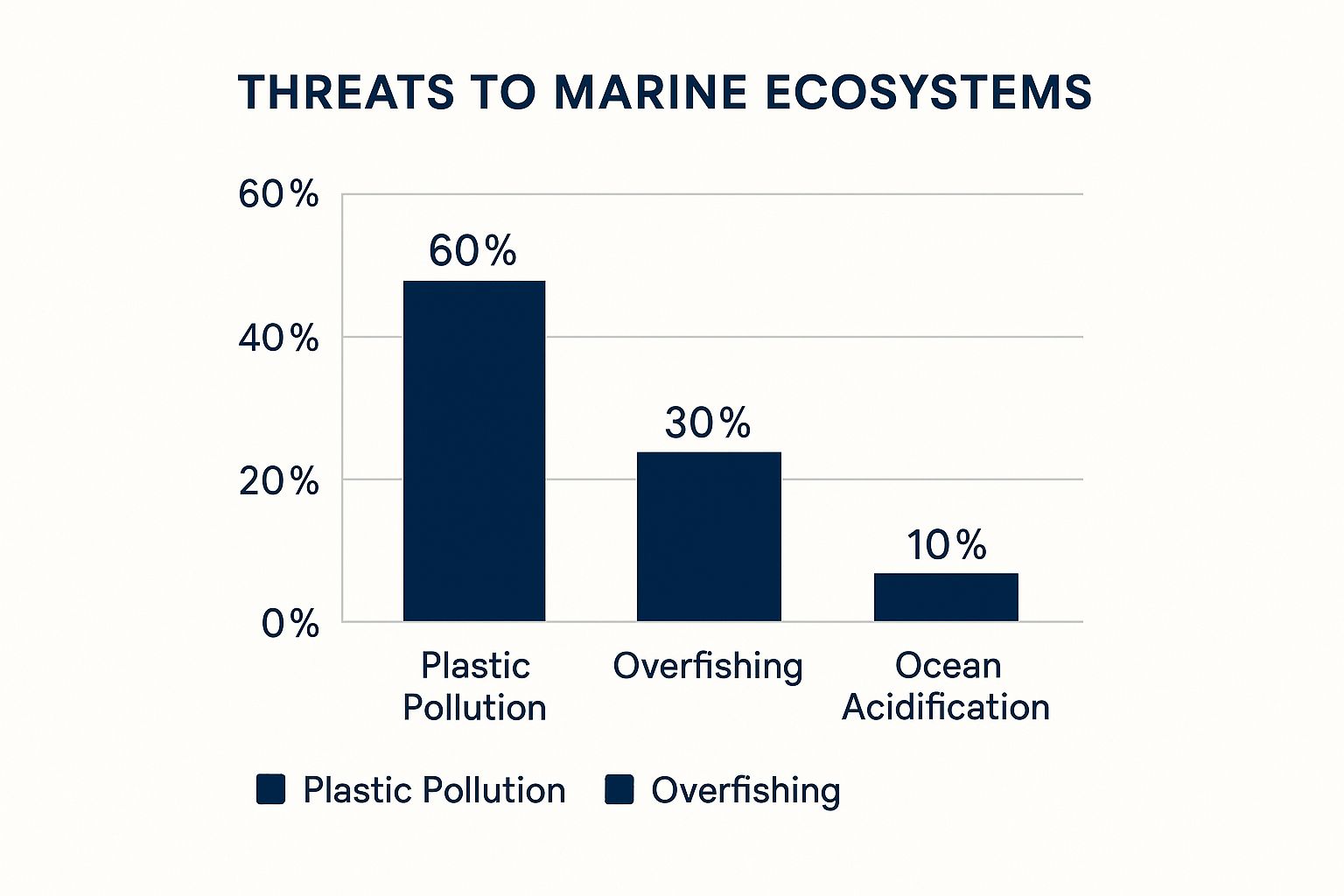
The infographic above illustrates the primary threats to our marine ecosystems. Plastic pollution accounts for a staggering 60% of these threats, exceeding overfishing at 30% and ocean acidification at 10%. This highlights the critical need to tackle plastic waste alongside other crucial conservation initiatives.
The Challenges of MPA Establishment
Despite the clear advantages, establishing and managing effective MPAs presents obstacles. Political and economic pressures frequently impede progress, with competing interests vying for marine resources. Securing funding for monitoring and enforcement is an ongoing challenge, especially in developing countries.
Reaching the "30 by 30" target, which aims to protect 30% of the ocean by 2030, necessitates global collaboration and dedication. While MPAs are a crucial strategy for marine protection, progress has been slow. Currently, only 8.3% of the ocean is designated as an MPA, with a mere 2.8% effectively protected, far short of the "30 by 30" target agreed upon at the 2022 COP15 UN Biodiversity Conference.
To understand the regional differences in MPA coverage, the following table provides a breakdown:
Marine Protected Area Coverage by Region
| Region | Total MPA Coverage (%) | Effectively Protected (%) | Gap to 30% Target |
|---|---|---|---|
| Data will be populated here based on region-specific information available through the provided link or other sources. This table showcases regional differences in MPA implementation, highlighting successes and areas needing improvement to achieve the 30x30 goal. |
This table highlights the significant work required to meet global targets and the disparity between total MPA coverage and effective protection.
Innovative Approaches and Future Directions
New approaches are addressing these challenges. Public-private partnerships combine resources and expertise to manage MPAs more effectively. Blue carbon projects link conservation with climate action by safeguarding coastal ecosystems that absorb carbon dioxide.
Integrating technology, such as satellite monitoring and artificial intelligence, offers powerful tools for enforcing MPA regulations. These advances, combined with growing awareness of the vital role MPAs play in ocean health, offer promise for a future where our oceans are truly protected.
Solving The Plastic Crisis That's Choking Our Oceans
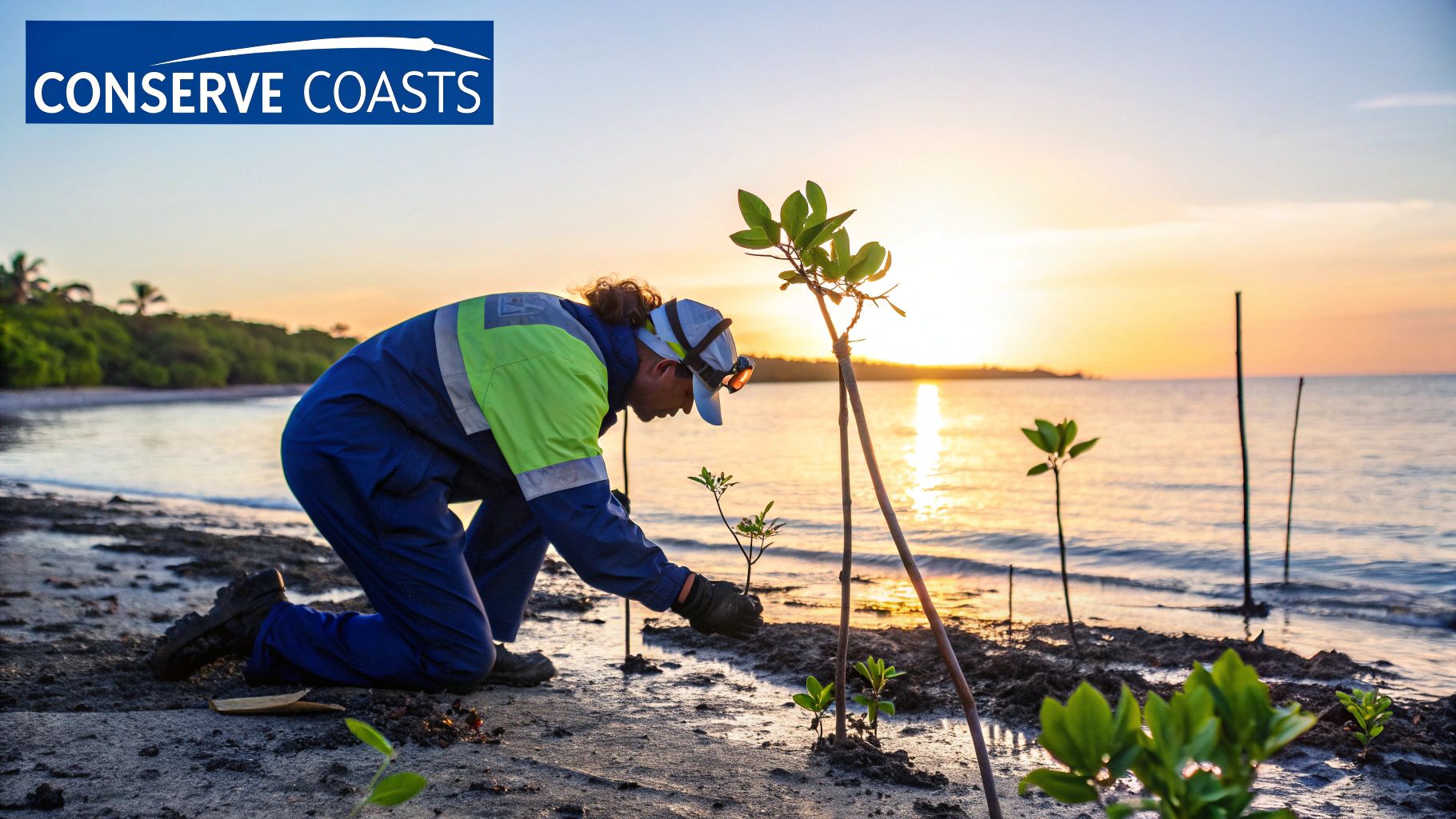
The problem of plastic pollution goes far beyond images of trapped sea creatures. It's a serious issue that needs immediate action. This complex problem requires a comprehensive strategy for marine environmental protection, tackling everything from large debris to tiny particles. Let's take a closer look at the scale of the crisis and explore some practical solutions.
Understanding the Sources of Marine Plastic
Many people assume that litter on beaches is the main source of plastic in the ocean. However, the truth is much more complicated. Much of the plastic comes from land-based sources.
- Improperly managed waste: Leaky landfills and inefficient waste collection systems allow plastic to enter our waterways.
- Industrial discharge: Plastic pellets and manufacturing byproducts often end up in rivers and oceans.
- Agricultural runoff: Plastic used in farming, like films and packaging, gets washed into the ocean by rainwater.
Discarded fishing gear, also known as ghost nets, is another major problem. These nets trap marine animals and damage delicate ecosystems. Tackling these different sources requires a combined approach focusing on both land and ocean-based pollution. For more information, check out this article on How to prevent marine pollution.
The Impact of Different Plastic Types
Different kinds of plastic degrade at different rates, posing different risks to marine life. Large plastic debris can entangle animals, get swallowed, and destroy habitats. Microplastics, tiny plastic particles, pose a more hidden danger. These particles can be ingested by a wide range of marine life, entering the food chain and potentially accumulating in larger animals, even humans.
This underscores the need for targeted strategies to address both macro and microplastic pollution. International efforts are currently working towards a treaty on plastic pollution. This is crucial, given that an estimated 75 to 199 million tons of plastic waste is already in the oceans. Furthermore, a staggering 33 billion pounds of plastic enters the marine environment each year. For more statistics, see this page.
Promising Cleanup and Prevention Strategies
Cleanup efforts are important, but addressing the root causes of plastic pollution is paramount. Several promising strategies are emerging:
- Improved waste management: Investing in efficient waste collection and recycling programs is key to preventing plastic from entering waterways.
- Reduced plastic consumption: Promoting reusable alternatives and reducing our reliance on single-use plastics can drastically cut plastic waste.
- Innovative technologies: Researchers are creating new technologies to capture and remove existing plastic from the ocean, such as specialized ships and filtration systems.
- International cooperation: A global challenge like plastic pollution demands collaboration between countries to establish shared goals and regulations.
By using these approaches together, we can make significant progress in tackling the plastic crisis and protecting our oceans. Putting these solutions into action requires a shift in our thinking, embracing sustainable practices, and prioritizing marine environmental protection. This is a shared responsibility, requiring individuals, communities, governments, and industries to work together to address this critical issue.
Saving Coral Reefs Before It's Too Late
Coral reefs are often called the "rainforests of the sea," and with good reason. These vibrant ecosystems, though covering less than 1% of the ocean floor, support an estimated 25% of all marine species. Their importance goes beyond just biodiversity. Coral reefs are crucial for coastal protection, bolster local economies, and contribute to the overall health of our oceans. Protecting these delicate ecosystems is vital for global marine environmental protection.
The Vital Role of Coral Reefs
Coral reefs act as natural barriers, protecting coastlines from erosion and the destructive forces of storm surges. They provide essential habitat for a multitude of fish and other marine organisms, which in turn support both commercial and recreational fishing industries.
Tourism and recreation related to coral reefs contribute significantly to local economies. Snorkeling and diving tours, for instance, generate revenue and create jobs in coastal communities.
Coral reefs are also valuable sources of new medicines and biomedical compounds. They play a role in nutrient cycling and carbon sequestration, which helps regulate our global climate. Covering only about 0.2% of the seafloor, coral reefs support at least 25% of marine species, representing a significant portion of marine biodiversity. However, despite their importance, these reefs face numerous threats, including climate change, pollution, and overfishing. Learn more at the Global Coral Reef Monitoring Network.
Threats to Coral Reefs: A Growing Concern
Coral reefs face unprecedented threats. Ocean acidification, resulting from increased carbon dioxide in the atmosphere, makes it difficult for corals to build and maintain their calcium carbonate skeletons. Rising ocean temperatures cause coral bleaching, a stress response that can lead corals to expel their symbiotic algae, turning them white.
Destructive fishing practices, such as blast fishing and bottom trawling, damage reef structures and harm the marine life that depends on them. Pollution from sources on land, including agricultural runoff and sewage, introduces harmful chemicals and excess nutrients into these sensitive ecosystems.
Plastic pollution is another significant threat. Plastic debris can smother corals and introduce toxins into the food chain. To learn how to reduce your plastic footprint, consider checking out some alternatives to plastic food containers.
To understand the impact of these various threats, take a look at the following table:
Coral Reef Threats and Impact Assessment
Analysis of major threats to coral reefs and their relative impact on reef ecosystems
| Threat Type | Global Impact Level | Recovery Time | Prevention Strategies |
|---|---|---|---|
| Ocean Acidification | High | Decades to centuries | Reduce carbon emissions |
| Rising Ocean Temperatures | High | Decades | Reduce carbon emissions, coral farming |
| Destructive Fishing Practices | Medium to High | Decades | Sustainable fishing regulations, enforcement |
| Land-Based Pollution | Medium to High | Years to decades | Improved wastewater treatment, reduced agricultural runoff |
| Plastic Pollution | Medium | Years to decades | Reduce plastic use, improve waste management |
This table highlights the severity of the threats and the long recovery times required for reefs to recover. It underscores the urgent need for effective prevention strategies.
Innovative Restoration Techniques and Conservation Efforts
Despite these challenges, there's still hope. Scientists and conservationists are developing innovative techniques to restore damaged reefs. Coral gardening involves growing coral fragments in nurseries and transplanting them onto degraded reefs.
Other restoration methods include creating artificial reefs to provide new habitats and using assisted evolution techniques to enhance coral resilience to environmental stressors.
Successful reef conservation often involves local communities in management efforts. Empowering local stakeholders to protect their own marine resources fosters a sense of stewardship and increases the likelihood of long-term success. Many programs also focus on educating the public about the importance of coral reefs and the threats they face. Through innovative science, community engagement, and increased public awareness, we can work to ensure the future of these vital ecosystems.
Breakthrough Technologies Revolutionizing Ocean Conservation
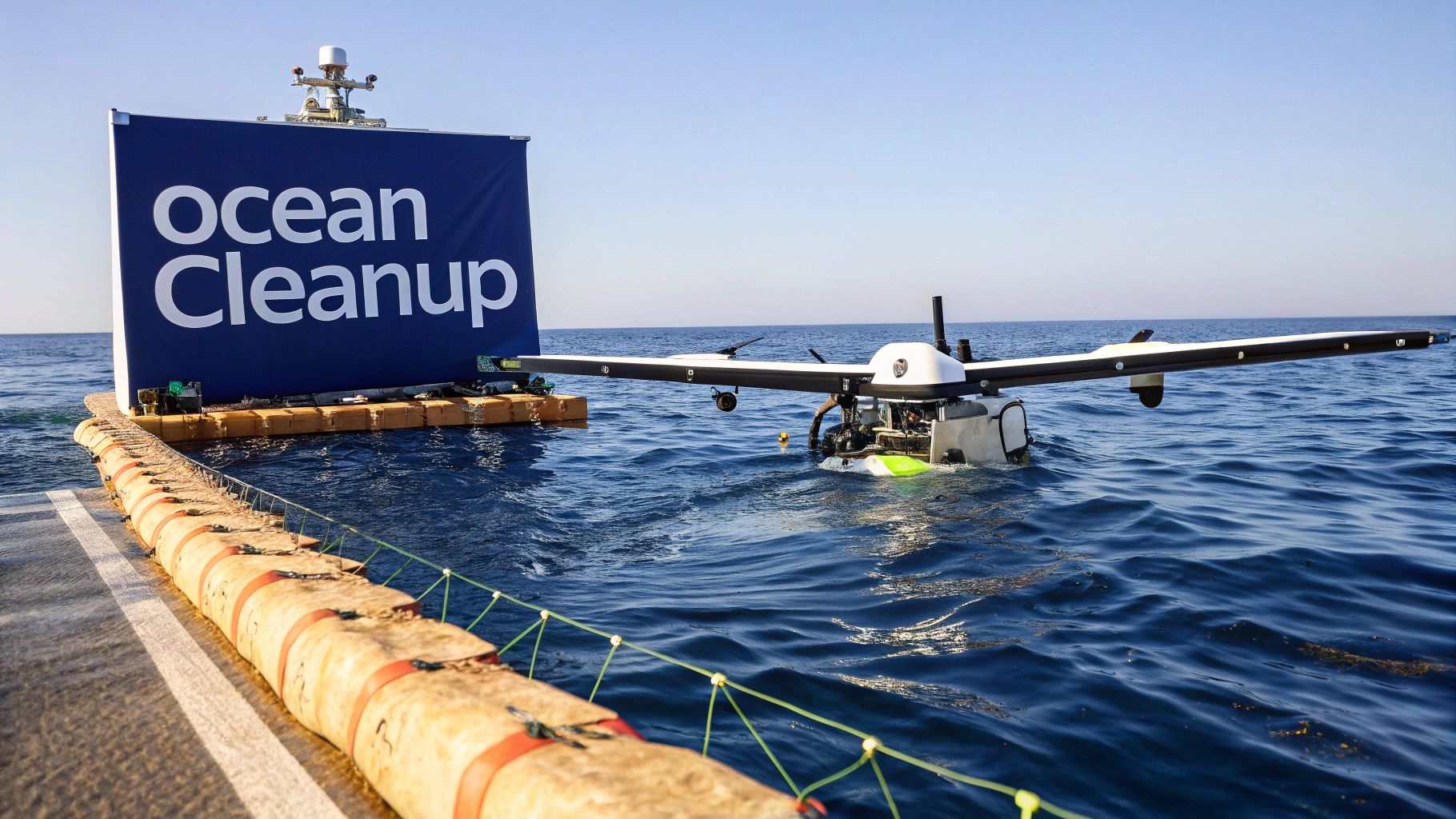
Marine environmental protection is benefiting from advancements in technology. These tools offer powerful ways to monitor, protect, and restore our oceans. They work alongside traditional methods, giving us new ways to tackle the complex problems facing our marine environments. This allows us to move from simply reacting to problems and start proactively creating a healthier ocean.
Satellite Surveillance: Eyes in the Sky
Satellite technology is changing the game for marine environmental protection. These orbiting tools provide a complete view of our oceans, tracking changes and illegal activities as they happen. For example, satellites with Automatic Identification System (AIS) receivers monitor ship traffic. This helps authorities find illegal fishing and other unauthorized activities, leading to better enforcement of marine regulations and protection of delicate habitats.
Satellites with remote sensing technology can also track important information like ocean temperature and salinity. This data helps scientists monitor ocean conditions, understand the impact of climate change, and predict potential dangers like harmful algal blooms.
Artificial Intelligence: Predicting and Preventing Damage
Artificial intelligence (AI) is quickly changing many fields, including marine conservation. AI algorithms analyze large amounts of data from satellites, underwater sensors, and other sources to find patterns and make predictions. For instance, AI can predict coral bleaching events based on projected ocean temperatures, giving conservationists time to take protective action.
This ability to predict problems is essential for lessening the effects of climate change and other stressors on sensitive marine ecosystems. AI is also important for analyzing underwater images and videos. These tools automatically identify species, evaluate the health of coral reefs, and detect plastic pollution.
Innovative Solutions for a Sustainable Future
Besides satellite surveillance and AI, other technologies are also making a difference in marine protection. Autonomous underwater vehicles (AUVs) gather data from the deep ocean, exploring places humans can't reach. This expands our knowledge of these little-known areas.
Acoustic sensors track marine life populations, monitor endangered species, and detect underwater noise pollution from ships and other human activities. This data helps researchers learn about marine life behavior and distribution, aiding in the creation of effective conservation plans.
Oceanographic buoys provide real-time information about ocean currents, wave heights, and other factors. This is critical for predicting weather, assessing ocean health, and managing marine activities responsibly.
Collaboration and Community Engagement for Lasting Change
These technological advances are incredibly promising for protecting our oceans. However, technology alone is not enough. Successful conservation depends on collaboration between governments, scientists, local communities, and private companies. This means sharing data, coordinating efforts, and combining traditional knowledge with scientific discoveries.
It's also critical to empower local communities to take part in marine conservation. Community-based monitoring programs, along with new technologies, improve data collection and encourage local stewardship of marine resources. Educating people about the importance of ocean health and the role of technology in conservation increases awareness and public support. Ultimately, a combined approach using both technology and collaborative action offers the most hope for protecting our oceans for the future.
Your Roadmap To Making A Real Difference For Ocean Health
Protecting our oceans requires a global effort. Everyone, from individuals to large organizations, has a role to play. Understanding what specific actions we can take is the first step towards making a real difference. This guide provides practical steps you can take to contribute to ocean conservation.
Sustainable Seafood Choices: Making Informed Decisions
One of the most impactful ways you can help protect our oceans is through sustainable seafood choices. Overfishing disrupts delicate ecosystems and depletes fish populations. Choosing seafood from sustainable fisheries supports responsible fishing practices.
Look for certifications like the Marine Stewardship Council (MSC) label. This label assures consumers that the seafood is sourced from a well-managed fishery. The Monterey Bay Aquarium's Seafood Watch guide is another excellent resource. It offers regional recommendations and easy-to-understand ratings to help you make informed, ocean-friendly choices.
Plastic Reduction Strategies: Practical Steps for Real Impact
Reducing plastic consumption is crucial. Single-use plastics, such as bags, bottles, and straws, are a significant source of ocean pollution. Simple changes in our daily habits can make a big difference.
-
Choose reusable alternatives: Swap single-use plastics for reusable bags, water bottles, and coffee cups.
-
Avoid excessive plastic packaging: Select products with minimal packaging or packaging made from recycled materials.
-
Properly dispose of plastic waste: Ensure your plastic waste makes its way to recycling bins or the appropriate waste disposal facilities, keeping it out of our oceans.
Looking for more tips? Check out this helpful resource: Top ways to reduce marine pollution you can start today. These small changes can add up to a significant positive impact.
Supporting Marine Conservation Organizations: Maximizing Your Impact
There are many organizations dedicated to protecting our marine environments. Supporting these groups can magnify your positive impact.
-
Donate to reputable organizations: Research and choose organizations that align with your values and are making tangible progress in conservation efforts.
-
Volunteer your time: Get involved in local beach cleanups, citizen science projects, or educational programs.
-
Advocate for ocean-friendly policies: Support policies that promote sustainable fisheries, reduce plastic pollution, and safeguard marine habitats.
Working together amplifies our collective voice and creates a stronger force for change.
Ocean Literacy and Public Awareness: Building a Movement for Change
Increasing public awareness is crucial for generating support for ocean conservation. Ocean literacy involves understanding the interconnectedness between humans and the ocean. This understanding empowers people to become ocean stewards.
Educate yourself about ocean issues. Share your knowledge with your network and participate in discussions about ocean health. Fostering a connection to the ocean can inspire a powerful movement to protect this vital resource.
Career Opportunities in Marine Conservation: Turning Passion Into Action
A career in marine conservation offers a direct path for those passionate about protecting our oceans. Career paths range from marine biology and oceanography to environmental law and policy analysis.
Hands-on experience can be gained through various volunteer opportunities, like participating in citizen science projects. This allows individuals to contribute directly to scientific research and data collection efforts.
Collective Action: Creating Systemic Change for Healthy Oceans
Individual actions are vital, but addressing the complex challenges facing our oceans requires systemic change. This demands collective action at every level, from local communities to global agreements.
By supporting policies that promote sustainable fishing practices, combat plastic pollution, and protect marine habitats, we can lay the groundwork for healthy oceans for generations to come. Every action, big or small, contributes to this shared goal of building a more sustainable future.
Ready to improve your boating experience while contributing to healthier oceans? CLiX Fueling Solutions offers a spill-free, stress-free fueling system that's good for your boat and the environment. Learn more at their website.

